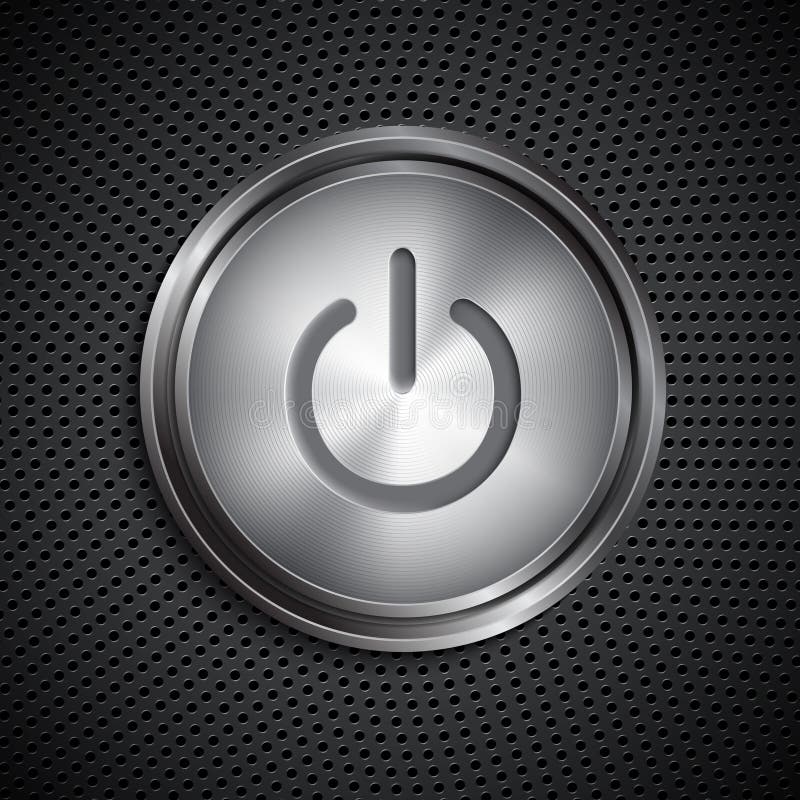

They can turn machines on and off, or cause the devices to perform specific actions, as is the case with calculators. You can find them in the home, the office, and in industrial applications. For tough environments switches with an IP rating are ideal, vandal-resistant IP67 switches are a popular choice.Push Button Switch UsesPush button switches are popular in a variety of different applications, including calculators, push button phones, and many home appliances. We also offer Non-illuminated as well as illuminated options. Contact arrangements include SPST, SPST, DPST, and DPDT.Push Button TypesSwitches come in a range of mounting options including panel mount, snap-in, and PCB mount. Here also the accidental presseing of the power button is the issue. Latching push buttons keep the switch in the set contact state until the button is pressed again. Same principle applies when you switch off the mobile phone also. Momentary push button switches require the user to keep holding the button for an action to take place, this action is then reset once the button is released. When the actuator is pressed, it touches with the stationary contacts, causing the action to take place.Push buttons are available with normally open N/O or normally closed N/C contacts that change state when the actuator is operated. The actuator will go all the way through the switch and into a thin cylinder at the bottom. You can learn more in our guide to push button switches.RS offer an extensive range of high-quality Push Button switches from industry-leading brands including APEM, EAO, TE Connectivity, Schurter, Saia-Burgess, and of course RS PRO.Push Button Switch OperationPush button switches typically have two key parts, an actuator, and a set of contacts. The shape of the push button may conform to fingers or hands for easy use, or they may simply be flat. Most of the time, the buttons are plastic or metal. Push Button Switches A push button is a simple type of switch that controls the action in a machine or some type of process.


 0 kommentar(er)
0 kommentar(er)
